Will Water Unite Us?
Water enjoys support that crosses political parties. Will it be a source of bipartisan collaboration in a time of divided politics?
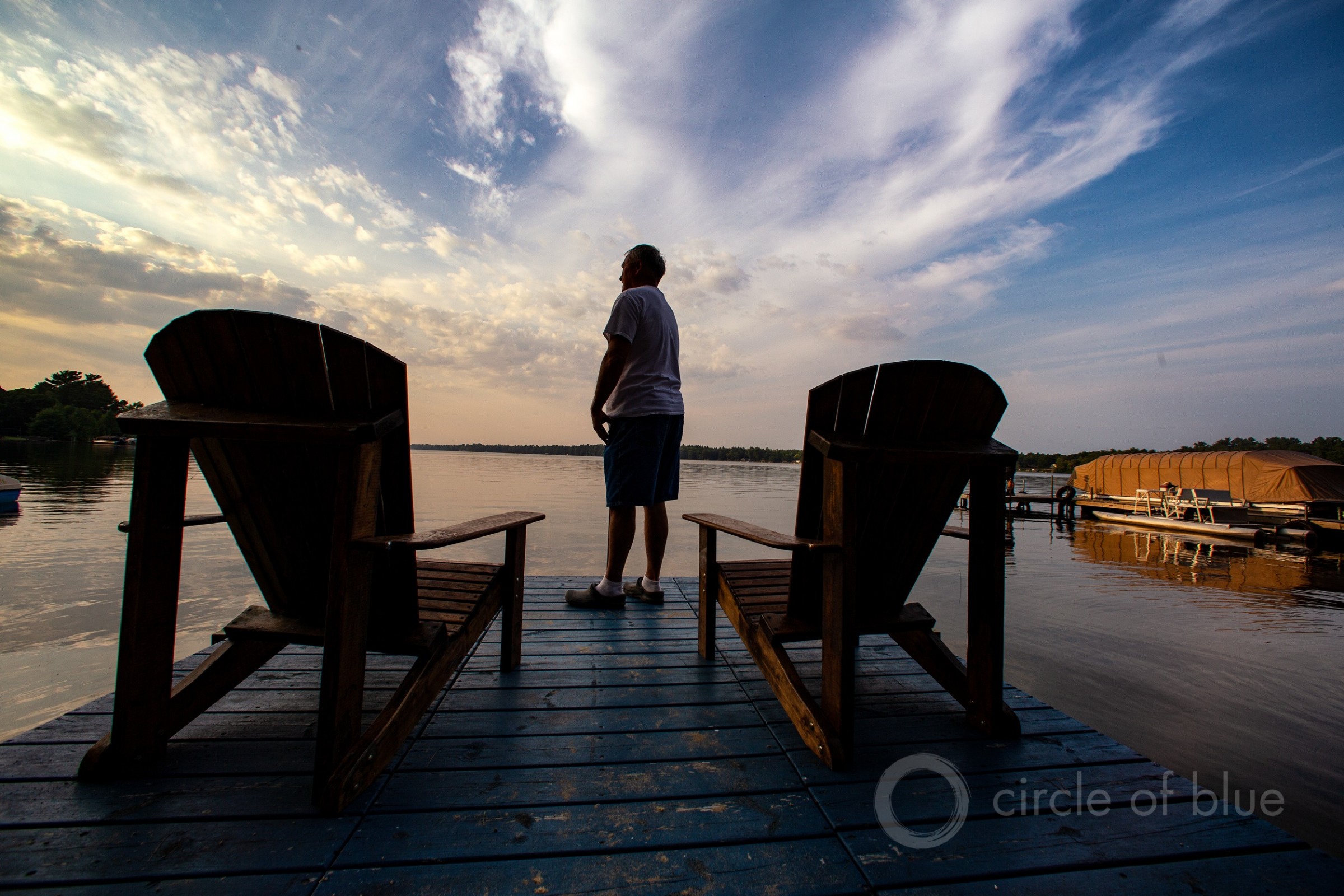
Greg Cole gazes at Van Etten Lake, a waterbody in northeastern Michigan that has been polluted with PFAS compounds from the former Wurtsmith Air Force Base. Photo © J. Carl Ganter/Circle of Blue
By Brett Walton, Circle of Blue
Shortly after the networks called the 2020 presidential race for Joe Biden, a list of four priorities appeared on the president-elect’s transition website.
Until that point, the Biden campaign’s Build Back Better platform was anchored by a placeholder message, one that urged patience from the American people and noted that votes were still being counted.
On November 8, a day after the victory announcement, the four priorities appeared, simple and direct, a distillation of the Biden team’s main concerns as it prepares to take the reins of American government.
- Covid-19
- Economic Recovery
- Racial Equity
- Climate Change
Certain observers noticed a common thread — an undercurrent, if you will — that knitted these priorities together: water. Water, which washes hands during the pandemic. Water, which is needed for factories to produce goods, farms to grow crops, and cities to reboot. Water, which has sometimes been denied to communities of color or delivered in polluted form. And water, which is how a warming planet will wreak much of its havoc.
“Water is integral to all of those things,” said Heather Cooley, director of research for the Pacific Institute, a California-based environmental and public policy organization.
Cooley is not the only one to make that observation. Academics and former policy leaders chimed in. So did conservation groups like American Rivers, and think tanks like the Brookings Institution. Even the political consultant David Axelrod, at a Colorado State University symposium in mid-November, discussed how the incoming administration or another campaign could frame a water message. “It seems to me that part of the story you want to tell is the story of interconnectivity,” Axelrod said.
Out of this chorus a narrative has emerged: in a country that is politically fractured, water can unite.
“Here’s an opportunity with both Republicans and Democrats to be working on water together,” Cooley said. “It’s also an opportunity to be uniting us.”
But will it?
Popular Opinions
An analysis of 2020 voting data by The Economist found a widening gap between urban and rural voters in the United States. The most urbanized counties gave a larger share of their vote to Joe Biden than they did to Hillary Clinton in 2016. Donald Trump, meanwhile, increased his vote share in the least urbanized counties. Red getting redder; blue turning bluer.
Those party and geographical divisions may seem rigid, but they are not insurmountable. Partisanship tends to peel away when it comes to water. In Colorado’s Delta County, for instance, Trump won more than two-thirds of the votes in November. But a regional measure to increase property taxes to pay for water projects, water conservation, and ecosystem protection gained 70 percent approval in the conservative county.
These results shouldn’t be surprising. Unlike climate change, which does score high marks for political division, water is generally an issue on which Republicans and Democrats agree, at least in the abstract. Water pollution doesn’t lend itself to an easy red-blue split.
Strange-bedfellow coalitions — of ranchers, Indigenous groups, hunters, and conservation organizations, which have come together in recent years to oppose the Pebble mine in Alaska and a groundwater pipeline from rural Nevada to Las Vegas — are not uncommon.
“If you look not at climate but at water, we just don’t see that same polarization,” explained Manny Teodoro, an associate professor at the University of Wisconsin, Madison, who has conducted national opinion polling on environmental issues. The polling organization Gallup has also found that water pollution and drinking water are consistently among Americans’ biggest environmental concerns.
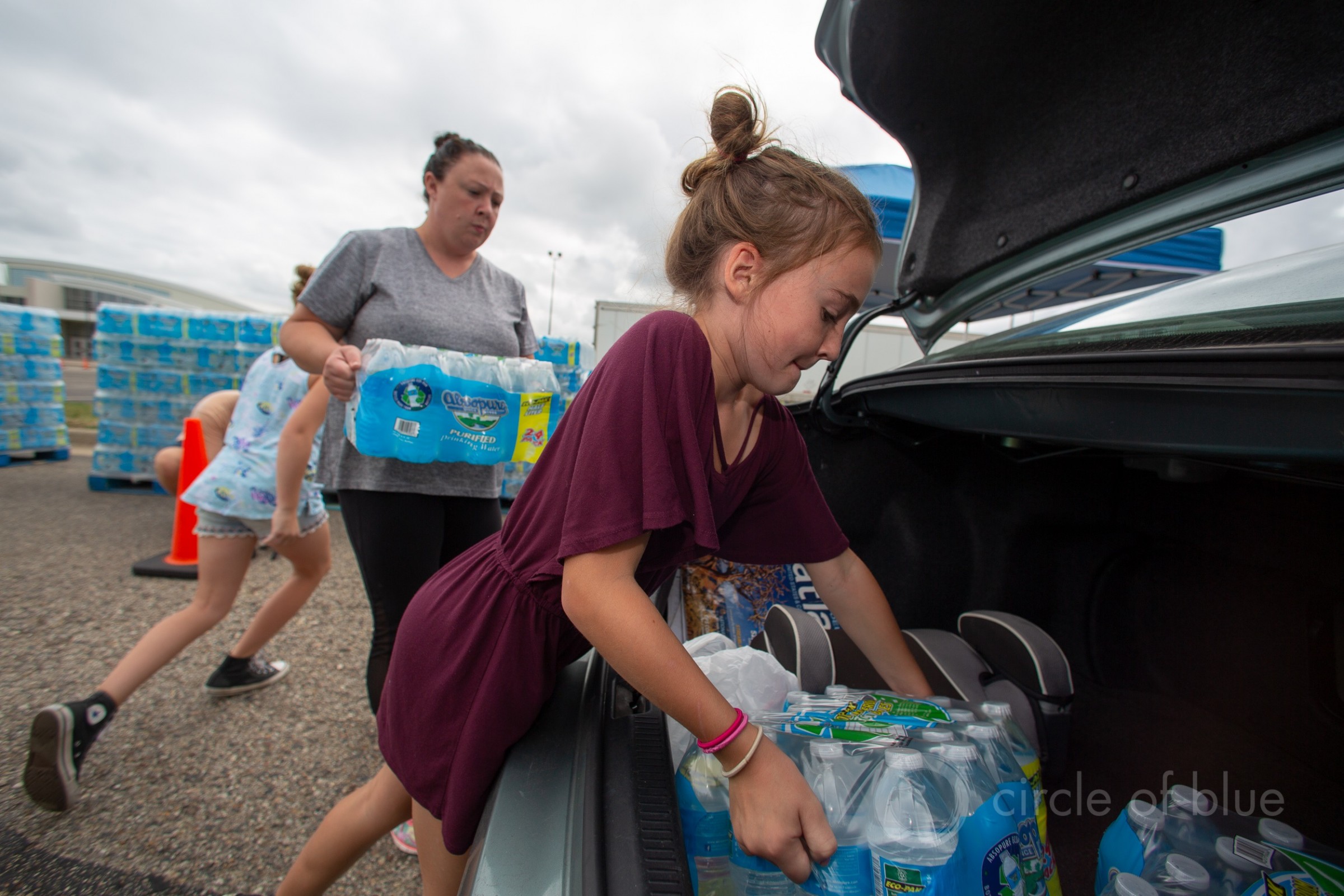
Residents in Parchment, Michigan, pick up bottled water in August 2018 after high levels of PFAS chemicals were found in the town’s wells. Photo © J. Carl Ganter/Circle of Blue
Because water bridges party politics, it could also unite urban and rural interests that otherwise seem at odds, Teodoro told Circle of Blue.
“Rural water problems — whether it’s affordability or access or quality — those problems are just as severe and often more severe than what we see in urban areas, and that creates an opportunity, an avenue for a political coalition,” Teodoro argued.
The seeds of that alignment are already in the ground. When people have a choice, they usually signal that they are pro-water, not only in opinion polls but in elections. Sri Vedachalam, who leads the water program at the Environmental Policy Innovation Center, has tracked state-level ballot initiatives related to water. His data set — which he notes is not exhaustive and focuses mainly on water infrastructure funding measures — goes back two decades. In that time, nearly 90 percent of water-related ballot initiatives were approved.
There are several explanations for the successes, Vedachalam said. People in the U.S. are more fiscally liberal than stereotypes would suggest and they are willing to pay for important projects with local benefits, especially water systems. Water is generally a non-partisan issue, unless leaders politicize it. And such measures often must clear procedural thresholds, such as approval by the Legislature, before they reach the ballot. This means widespread political support going into the election.
Still, water scores highly because the result is tangible, Vedachalam told Circle of Blue. “People see the project at the local end.”
Recent election cycles reflect that connection to place leads to a willingness to spend. Besides the Colorado tax measure, voters in Los Angeles and Santa Clara counties passed or extended water infrastructure taxes. Voters in Texas passed two bond measures to fund drinking water improvements in low-income areas and flood protection.
Not to be outdone, voters in Orange County, Florida, overwhelmingly approved an amendment that changes the county charter to give legal protection to rivers. The amendment, which drew in voters of all political stripes, passed with an unusually high margin: more than 89 percent of the vote.
Water — And Indirectly, Climate
Early actions during the presidential transition suggest that climate has vaulted to the forefront of the Biden administration. Former secretary of state John Kerry was named the administration’s climate envoy, not only representing the government in international discussions but also earning a seat on the National Security Council.
But given the political dynamics of climate, some observers feel that smarter policy might require that the issue be reframed around water.
“Let’s not talk about climate,” Teodoro said. “Let’s do climate policy, and talk about water. And that’s not being sneaky. That’s just being effective.”
Water policy is often climate policy, explained Joe Kane of the Brookings Institution. Water conservation and efficiency standards reduce the energy required for pumping, treating, and heating. Eliminating coal, a major source of heat-trapping gases, also eliminates a significant source of water pollution. Wetlands store carbon, filter water, and protect against floods.
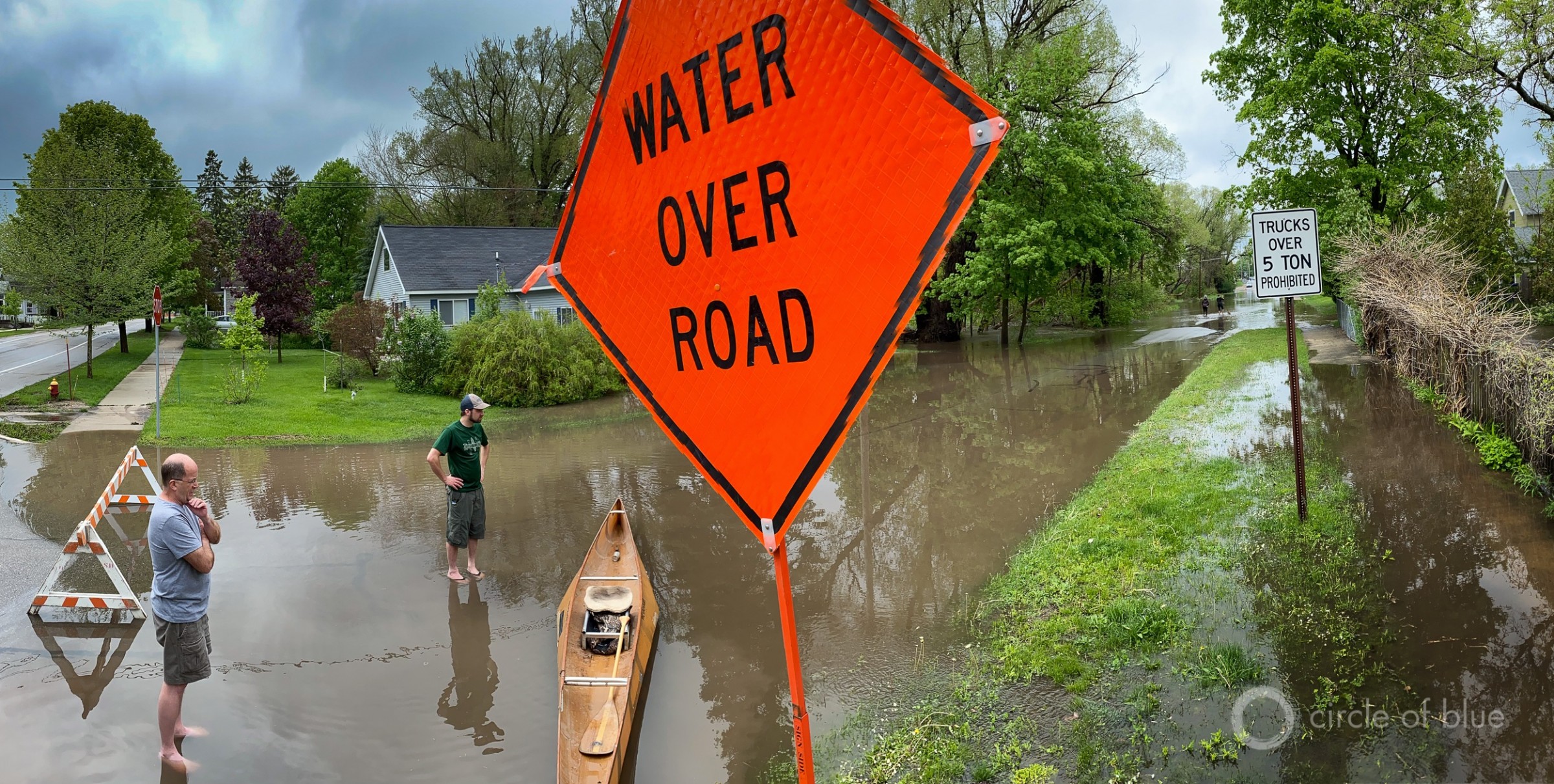
Severe floods swept through Traverse City, Michigan, on May 28, 2020. The flooding was worsened by saturated ground and historically high water levels in nearby Lake Michigan. Photo © J. Carl Ganter/Circle of Blue
For Felicia Marcus, climate progress has been frustratingly slow. But the former head of the California Water Resources Control Board says that water is an entry point for responding to a warming planet, a way to engage communities on the inevitable damage to their homes and their towns unless they act.
“Adaptation work isn’t as controversial because water is the bleeding edge — it’s where we’re going to feel the impacts of climate change,” said Marcus, currently a fellow at Stanford’s Water in the West program. Adaptation, she argued, can set the stage for work on reducing emissions.
“You can relate to the impacts,” she said.
In the Art of the Possible, What Could Be Painted?
Uniting over water is no guaranteed bet, Teodoro said. Democratic leadership seems willing to act — and willing to substantially increase federal funding for infrastructure — but that must be coupled with a good-faith effort from Senate Republicans, who could maintain their majority and block legislation. President Biden could govern by executive order, but those directives can just as easily be undone by the next administration.
Still, there are examples to build from in both chambers. Rep. Brian Fitzpatrick, a Republican who represents suburban Philadelphia, and Rep. Antonio Delgado, a Democrat from upstate New York, co-sponsored three bills in response to contamination of waterways with toxic PFAS compounds. Fitzpatrick was one of 37 representatives to ask the EPA and Department of Education to provide schools and day cares with the necessary resources to identify PFAS contamination within their buildings.
Rep. John Katko, a New York Republican, introduced legislation in March that would establish a federal water research program for testing and deploying the next generation of treatment, monitoring, and recycling technologies. In effect, it would build on the legacy of the ARPA programs that leveraged federal funding to spur technological innovation in defense, computing, and energy systems. The bill did not get a hearing in committee.
Marcus feels that technological innovation is a winning strategy, especially alongside the push for more federal investment in water infrastructure. The next generation of water technology could be smarter, more efficient, and designed for a climate in flux.
“We can rebuild more deftly,” Marcus said. “We don’t want to rebuild the infrastructure of the 1970s.”
Biden’s choice of running mate has encouraged advocates who feel that Kamala Harris will be a voice for environmental justice and give attention to water. In her time in the Senate, Harris introduced several bills on these subjects, including the Water Justice Act, which would have expanded funding for water infrastructure and focused on rural areas and low-income communities. (It did not move out of committee.) Early in the pandemic, Harris urged utilities not to shut off service because of late payment.
There are other water actions that link to the Biden administration’s four priorities. Anne Castle, a former Obama administration official in the Department of the Interior, said that the Biden administration could focus on universal access to drinking water on Indian reservations.
“The Biden campaign’s emphasis on remedying inequities will be conducive to making progress on the issue,” Castle, now a senior fellow at the Getches-Wilkinson Center for Natural Resources, Energy and the Environment, told Circle of Blue. More funding is always helpful, she said. But much could be done to coordinate the activities of a half dozen federal agencies that have a role in tribal water issues.
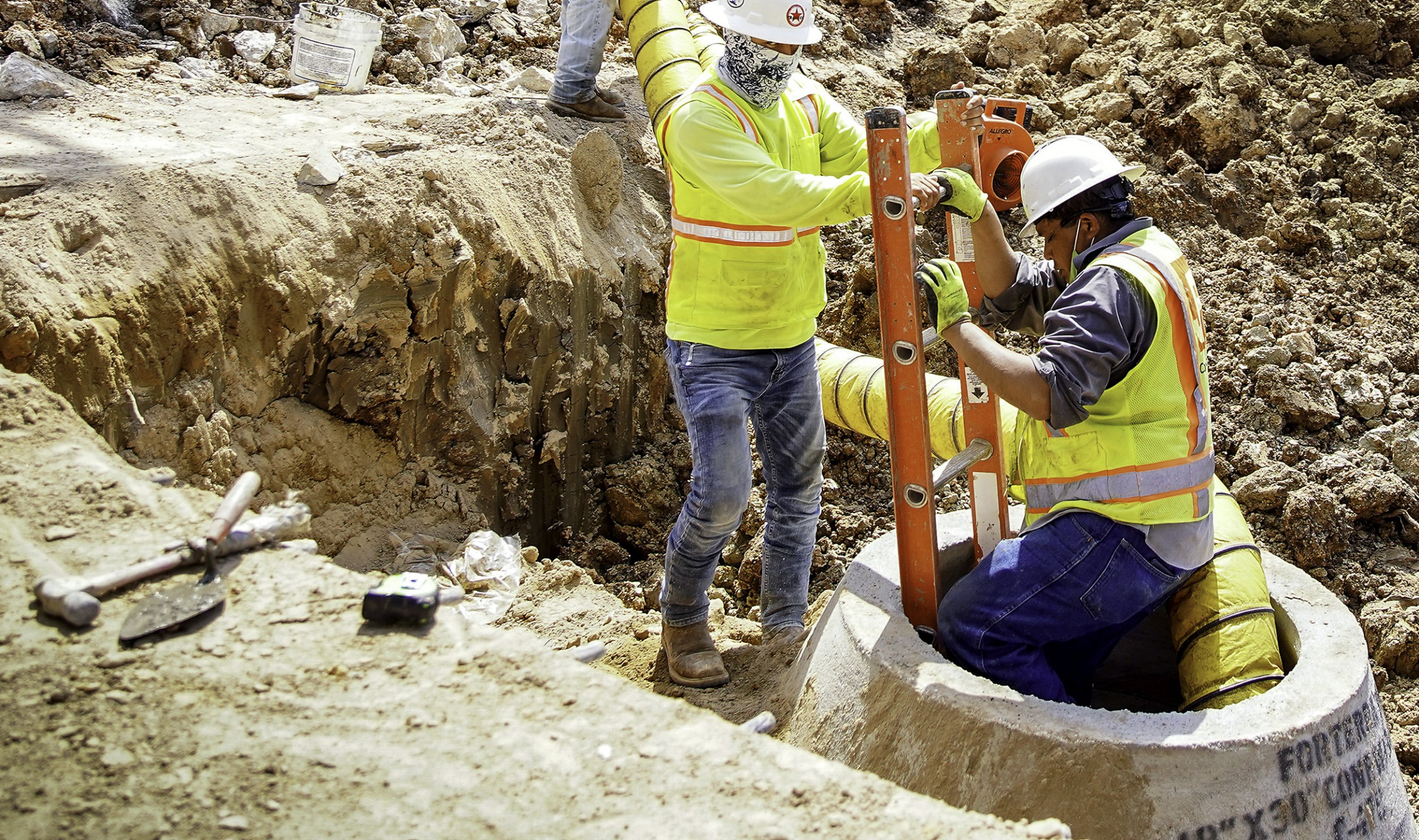
Contractors for Houston Public Works work on a wastewater and drainage project in the Greater Eastwood neighborhood. Pipe repairs and water infrastructure upgrades, which also contribute jobs to a local economy, could be a point of bipartisan compromise. Photo © Elizabeth Conley / Circle of Blue
These sorts of commentaries — that water is a tangible, local concern on which real progress can be achieved — are a cottage industry in the wake of the Biden-Harris victory and other electoral triumphs.
The president of the conservation group Western Resources Advocates and the executive vice president of the Colorado Cattlemen’s Association co-authored an opinion piece praising the residents of that state, who approved three local or state tax increases in the last two years to fund water projects.
“Water will always have its conflicts, but the last two years have taught us that when future water funding needs and opportunities arise, a diverse cross-section of Colorado stakeholders and voters will support them every time,” Jon Goldin-Dubois and Terry Fankhauser wrote.
Farther west, Ann Hayden of the Environmental Defense Fund shared a byline with Cannon Michael, the chief executive of Bowles Farming, which is located in California’s Central Valley, a region perpetually riven with water disputes. They argued that water is “a lifeline that binds us together,” and that the shared heritage could separate it from the typical political fray. As long as the interest groups are willing.
“We have decades of experience coming at water challenges from our silos,” they wrote. “Let’s break down those silos, come together as Californians and see what happens. Isn’t it worth a shot?”
Marcus, for one, is all-in with this type of thinking. And she thinks many others are, too.
“Beneath the partisan bickering, which is aided by lawyers and lobbyists that thrive on discord, there are people who want to fix stuff,” Marcus said. “I think there’s a hunger for problem solving.”
“Water is the place to do it,” she continued. “It could change millions of lives for the better and set the country on course for the 21st century.”
Brett writes about agriculture, energy, infrastructure, and the politics and economics of water in the United States. He also writes the Federal Water Tap, Circle of Blue’s weekly digest of U.S. government water news. He is the winner of two Society of Environmental Journalists reporting awards, one of the top honors in American environmental journalism: first place for explanatory reporting for a series on septic system pollution in the United States(2016) and third place for beat reporting in a small market (2014). He received the Sierra Club’s Distinguished Service Award in 2018. Brett lives in Seattle, where he hikes the mountains and bakes pies. Contact Brett Walton

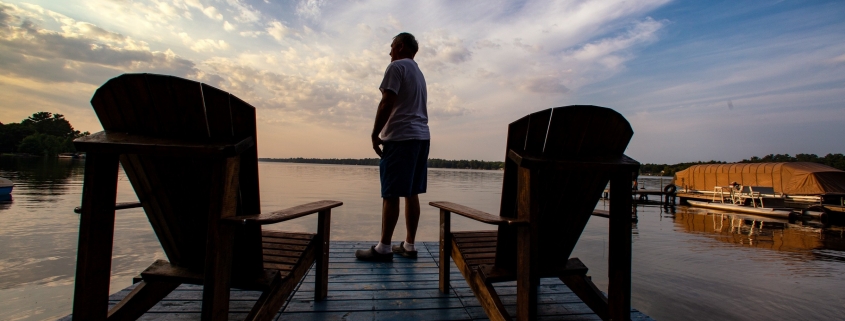

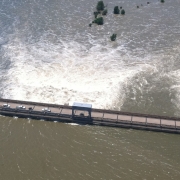
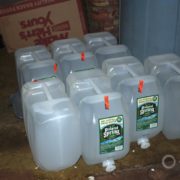

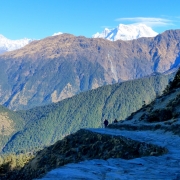

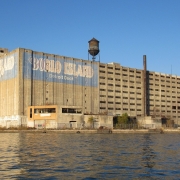


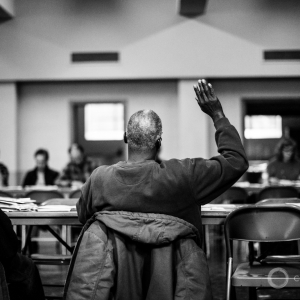

Leave a Reply
Want to join the discussion?Feel free to contribute!